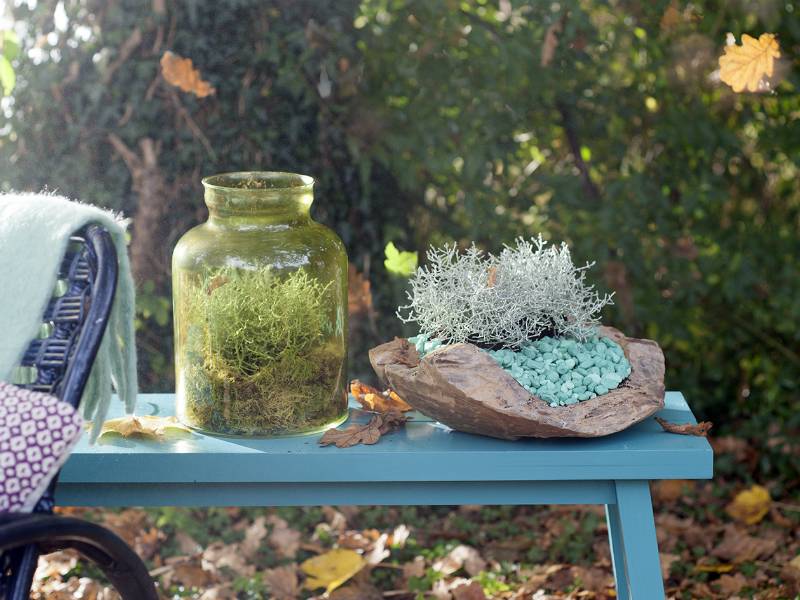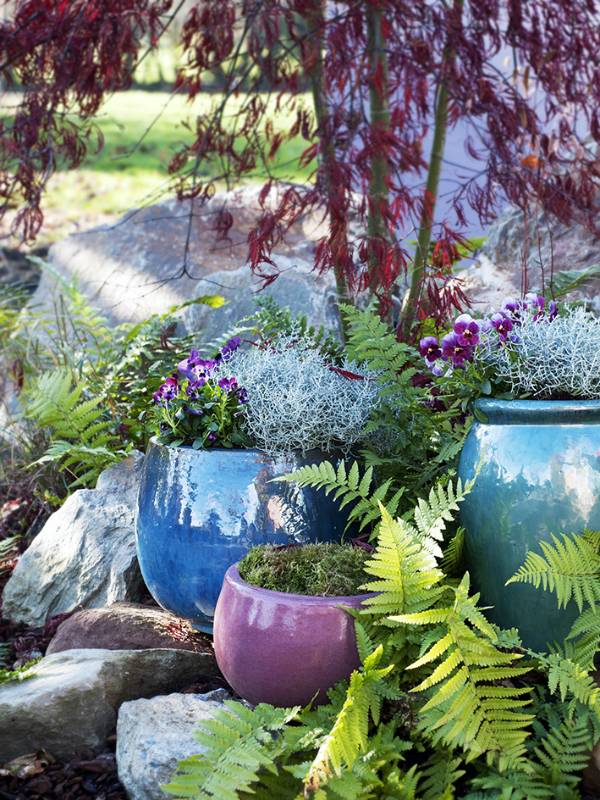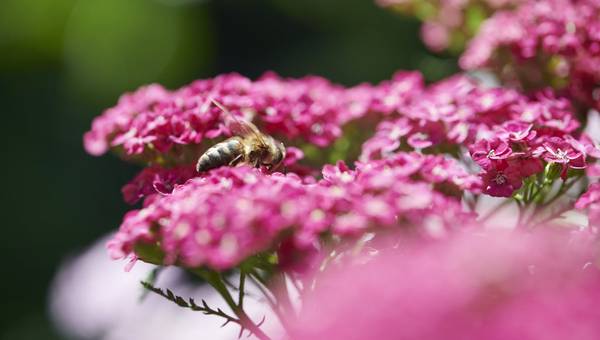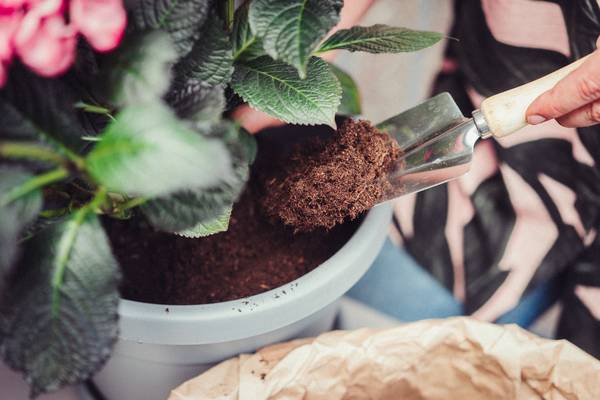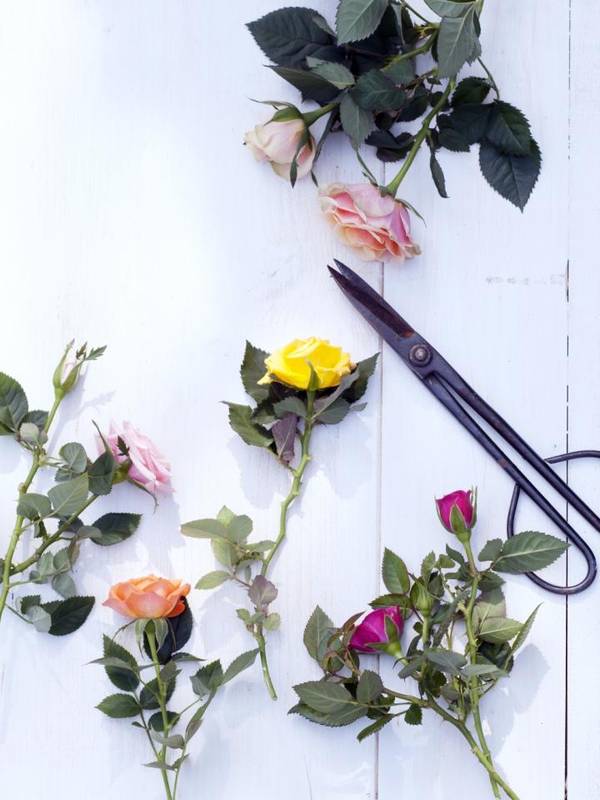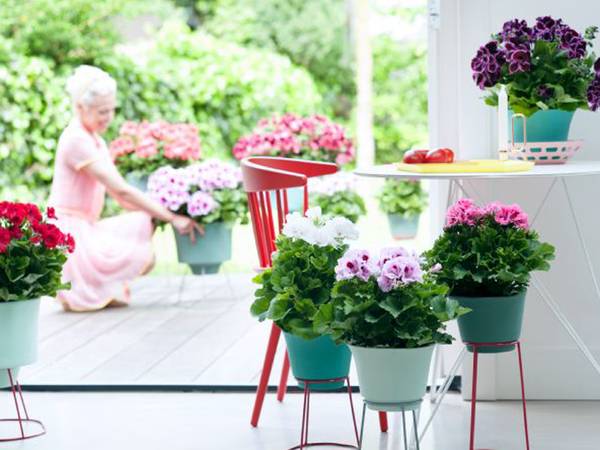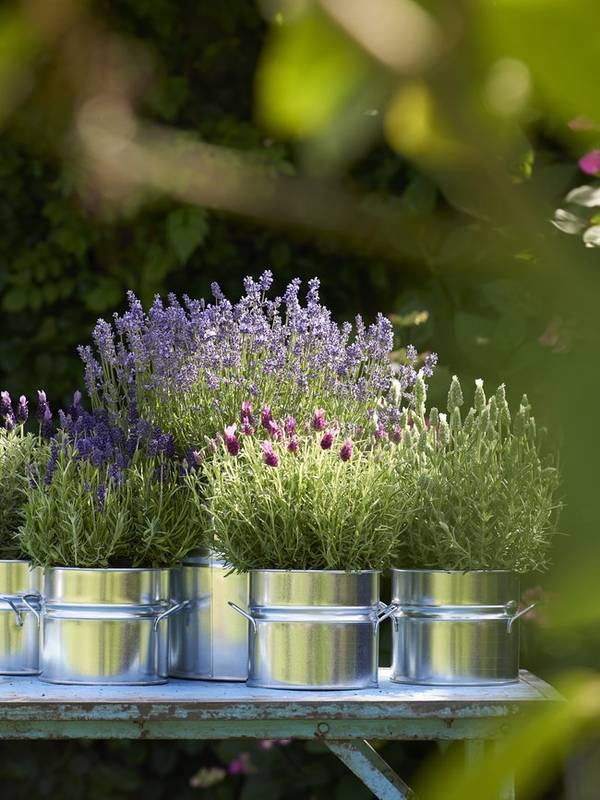
Caring for Silver Bush
- Silver Bush likes a spot in full sun or partial shade, and can even tolerate shade for half the day.
- Silver Bush feels most at home in fairly dry, somewhat acidic and well-draining soil. The best time for planting is in late summer and autumn.
- The plant is fairly hardy. In moderate frost it’s best to cover it or place it in a cool, light spot like a greenhouse or in the shed.
- Preferably prune in early spring, then the plant will sprout beautiful grey twigs.
- Give some extra food once every two months, especially if Silver Bush is in pots or containers.
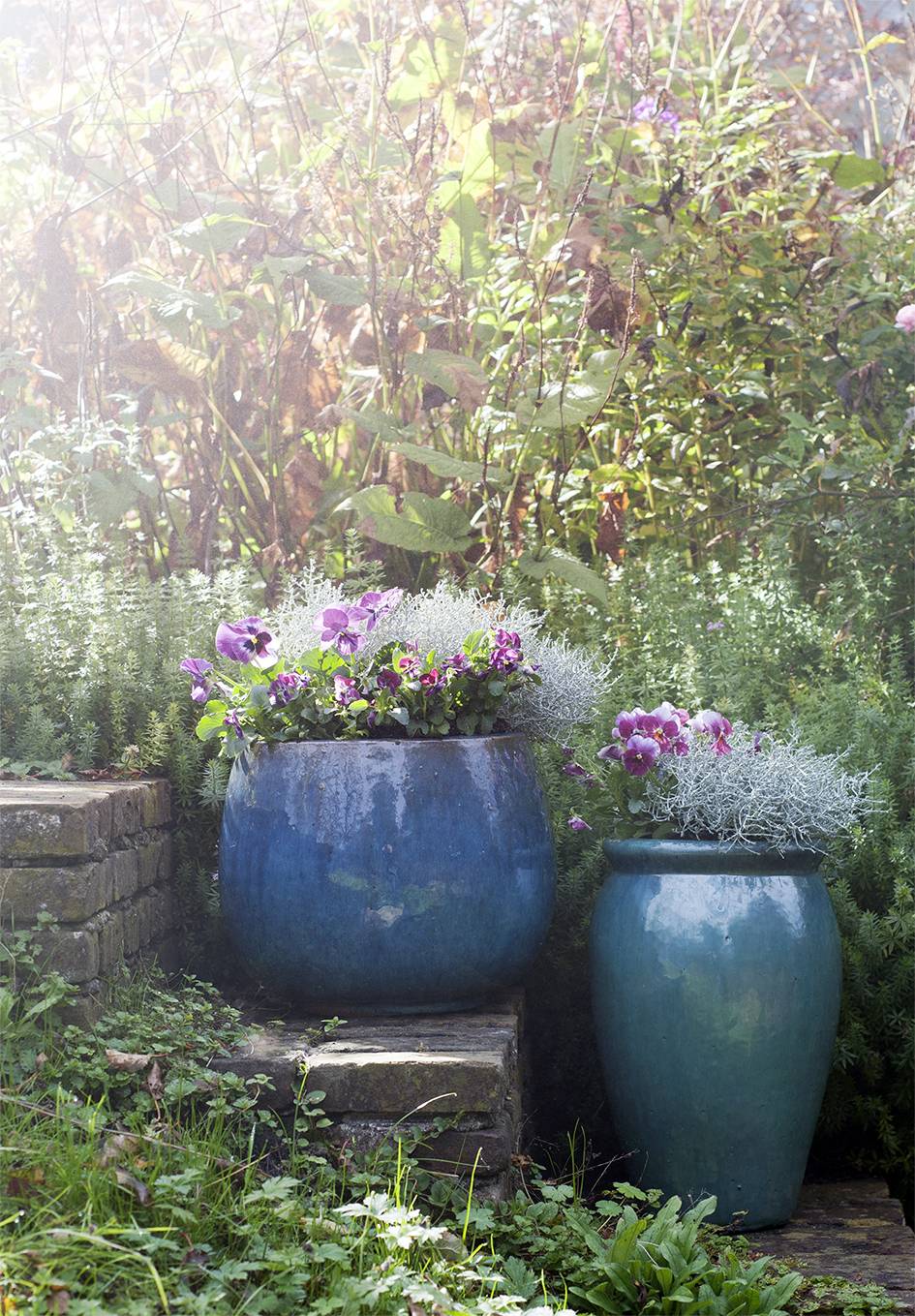
Colours and shapes
Silver Bush (Calocephalus) is a small round shrub with eye-catching, hairy twigs that have a pretty silvery appearance. From a distance it looks just like barbed wire, but beautiful and without the painful barbs! The plant flowers yellow in August and September but the main attraction is undoubtedly its silver-grey foliage, which combines beautifully with blue and white autumn violas, checkerberry, pink Cyclamen, prickly heath and Skimmia. Silver Bush also works very well in autumn hanging baskets.
Eye-catcher from the bush
Silver Bush is native to the rocks and dunes of Australia’s southern coast. In the wild the shrub can reach a height of around one metre – the cultivated variety stays smaller. The plant is a member of the Asteraceae family and is very easy to live with: it can cope with a bit of drought, survives sea breezes and thrives in rockeries. It’s also a plant that tickles the curiosity, not only because of its attractive silver-grey colour, but because of its ability to constantly surprise you with new dimentions in its tangled structure.
Silver Bush trivia
- Silver Bush’s suffix is 'brownii', which refers to the botanist Robert Brown who discovered the plant in 1817.
- In Australia Silver Bush is also called cushion bush, because the twigs used to be used as filling for mattresses and cushions.
